
The Focke-Wulf Fw 189 Uhu is a German twin-engine, twin-boom, three-seat tactical reconnaissance and army cooperation aircraft. It first flew in 1938, entered service in 1940 and was produced until mid-1944.
The Argus was a German automobile manufactured by Internationale Automobilzentrale KG Jeannin & Co from 1902 to 1904, then Argus Motoren-Gesellschaft Jeannin & Co from 1904 to 1906, and then Argus Motoren-Gesellschaft m.b.H. from November 1906 to 1945.

The Jumo 210 was Junkers Motoren's first production inverted V12 gasoline aircraft engine, first produced in the early 1930s. Depending on the version it produced between 610 and 730 PS and can be considered a counterpart of the Rolls-Royce Kestrel in many ways. Although originally intended to be used in almost all pre-war designs, rapid progress in aircraft design quickly relegated it to the small end of the power scale by the late 1930s. Almost all aircraft designs switched to the much larger Daimler-Benz DB 600, so the 210 was produced only for a short time before Junkers responded with a larger engine of their own, the Junkers Jumo 211.

The Argus As 10 was a German-designed and built, air-cooled 90° cylinder bank-angle inverted V8 "low power" aircraft engine, used mainly in training aircraft such as the Arado Ar 66 and Focke-Wulf Fw 56 Stösser and other small short-range reconnaissance and communications aircraft like the Fieseler Fi 156 Storch during, and shortly after World War II. It was first built in 1928.
The Focke-Wulf Fw 300 was a proposed very-long-range civil airliner, transport, reconnaissance aircraft and anti-ship aircraft, designed by Focke-Wulf in 1941 and 1942. The design was intended to replace the Focke-Wulf Fw 200 Condor.

The Focke-Wulf Fw 56 Stösser was a single-engine, parasol monoplane advanced trainer, built in the 1930s in Germany.
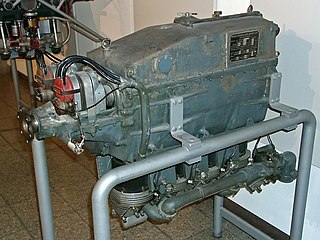
The Argus As 8 was a four-cylinder, air-cooled, inverted inline aircraft engine produced in Germany by Argus Motoren in the 1930s.
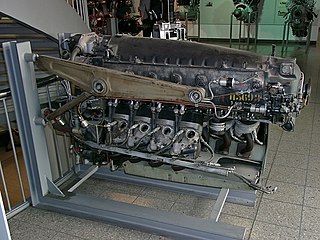
The Argus 411 was a twelve-cylinder, air-cooled, inverted-V12 aircraft engine developed by Argus Motoren in Germany during World War II.

The Argus As 410 was a German air-cooled inverted V-12 light aircraft engine that was first produced by Argus Motoren in 1938.
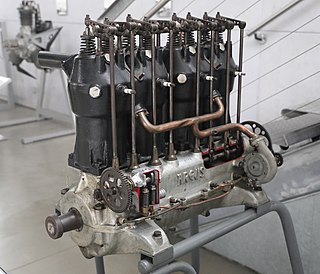
The Argus As I was a four-cylinder, water-cooled, aircraft engine produced in Germany by Argus Motoren from 1911 until about 1913.

The Argus As II was a six-cylinder, in-line, water-cooled, aircraft engine produced in Germany by Argus Motoren in 1914. The Argus As II produced 120 hp (89 kW) at 1,350 rpm.

The Arado Ar 77 was a German twin-engined monoplane, designed as an advanced training aircraft from 1934.
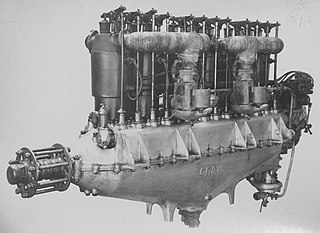
The Argus As III was a six-cylinder, in-line, water-cooled, aircraft engine produced in Germany by Argus Motoren during World War I. The Argus As III produced 180 hp (130 kW) at 1,400 rpm.
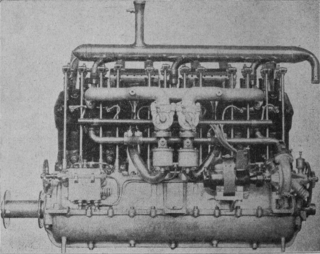
The Argus 115 hp aircraft engine from 1913 was a six-cylinder, water cooled inline engine built by the German Argus Motoren company.

The Argus 140/150 hp 6-cylinder aircraft engine from 1913 was a six-cylinder, water cooled inline engine built by the German Argus Motoren company from 1913 to 1914.
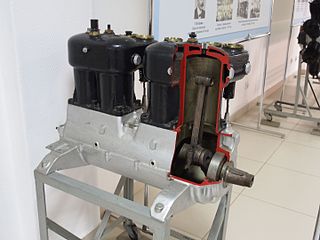
The Argus 50 hp aircraft engine, from 1909 was a four-cylinder, water cooled inline engine built by the German Argus Motoren company.
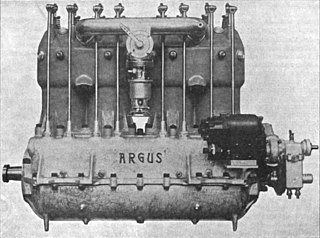
The Argus 140/150 hp aircraft engine from 1911, also known as Argus Type IV, was a four-cylinder, water cooled inline engine built by the German Argus Motoren company.

The Argus 70 hp aircraft engine, aka Argus Type I from 1911 was a four-cylinder, water cooled inline engine built by the German Argus Motoren company. The engine also was license produced in France by Automobiles Rossel and sold in France under the brand names 'Aviatik' and 'Aviatic-Rossel' by Louis Clément, the local sales representative of the Automobil und Aviatik AG.



















